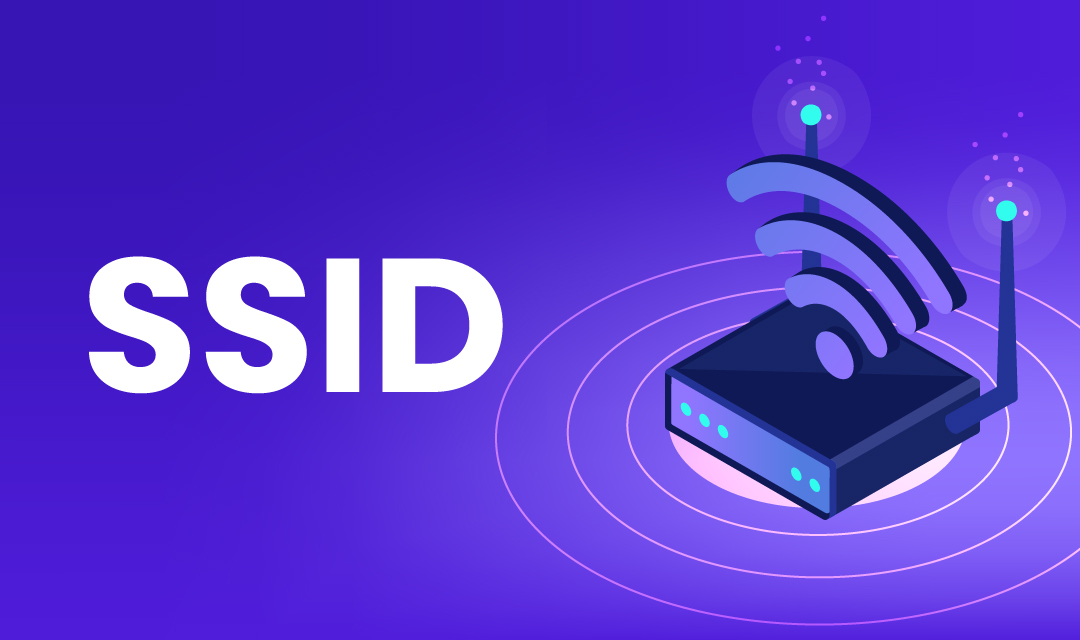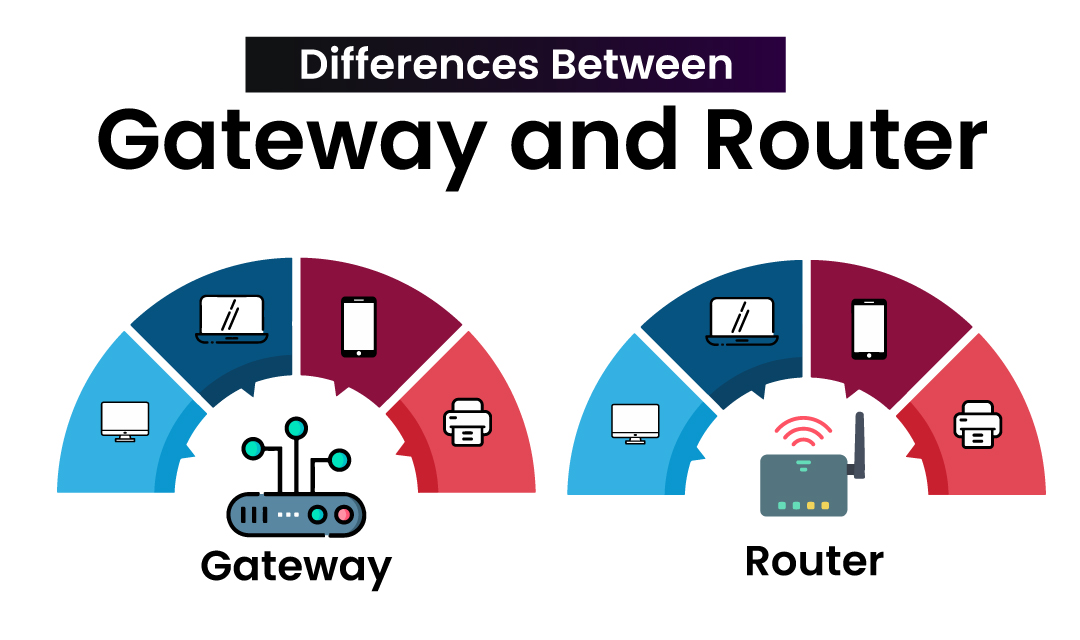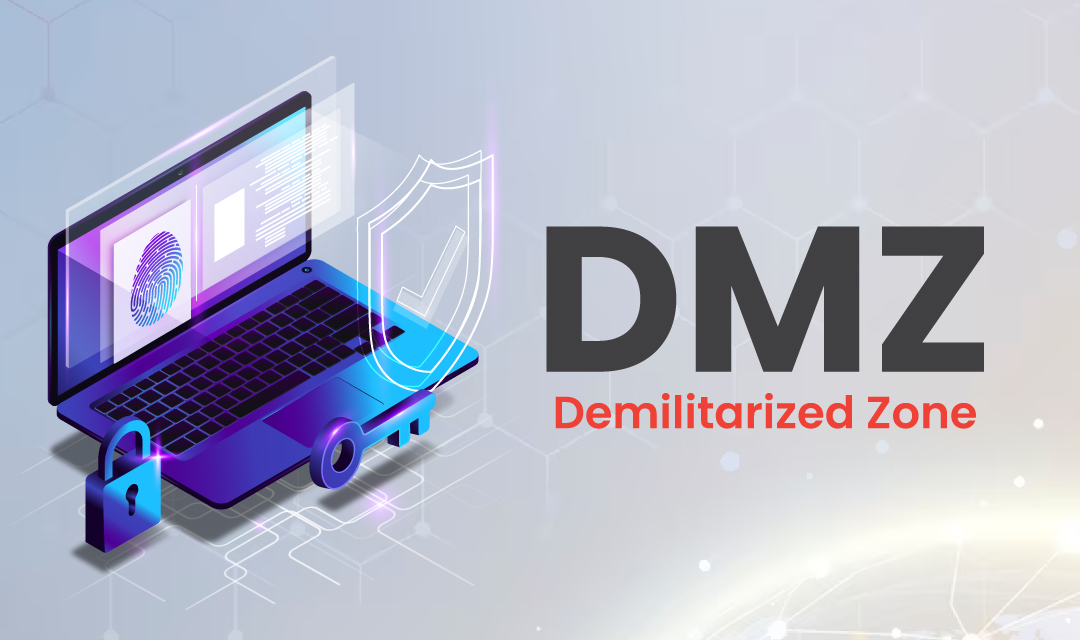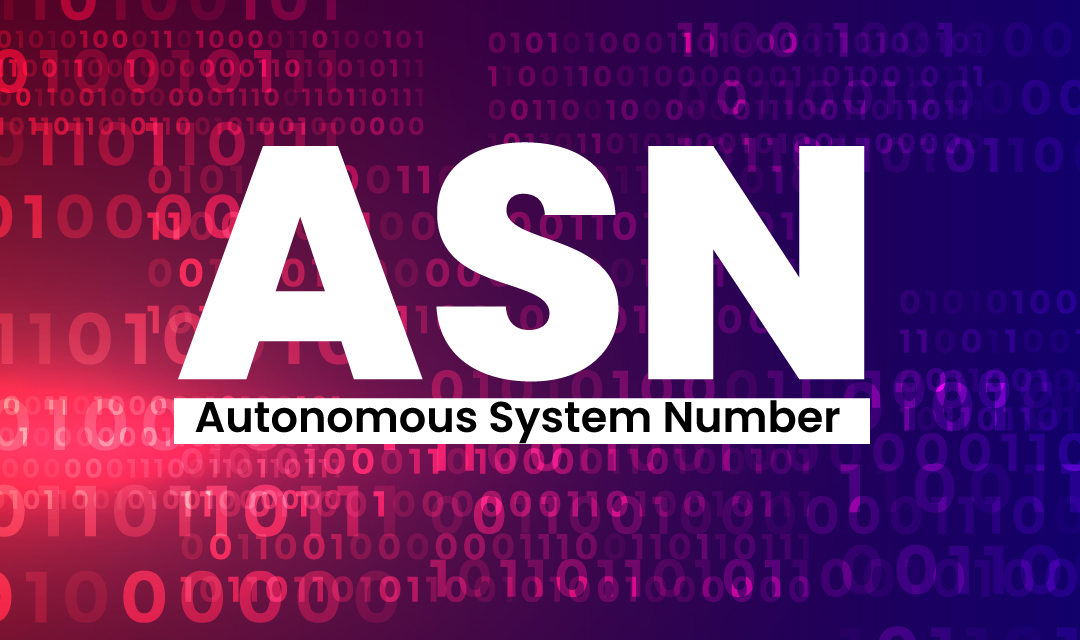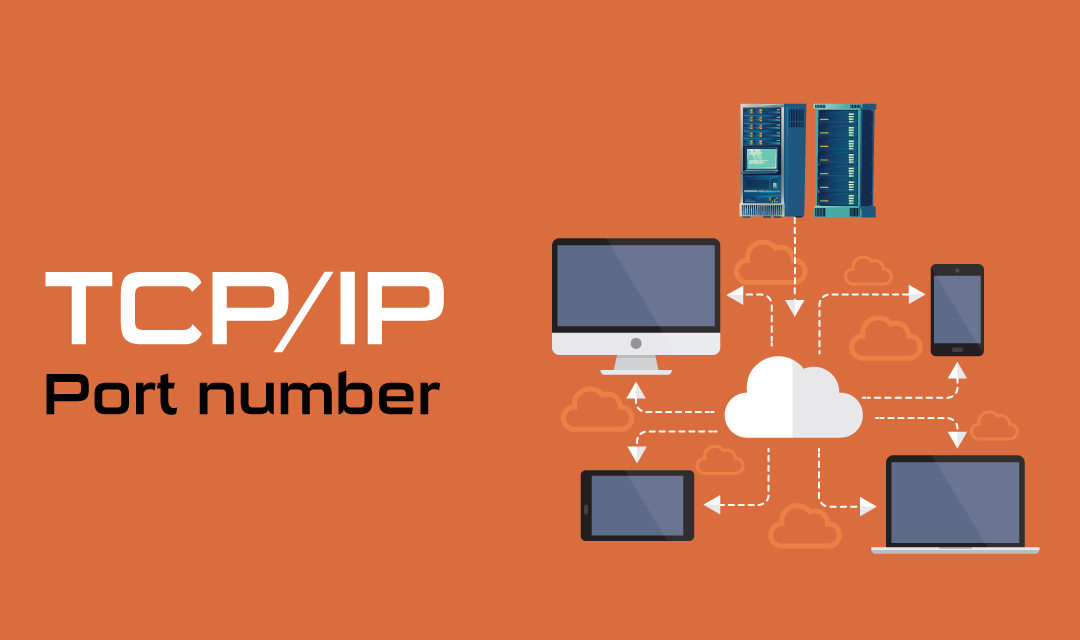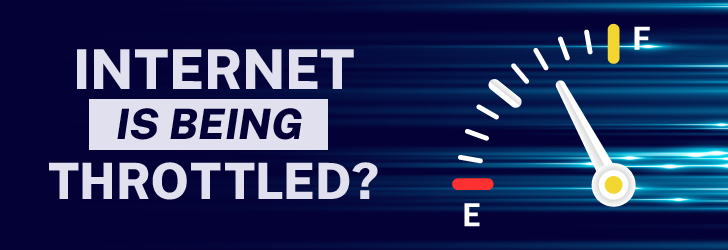
We've learned that SSID is the network name, and we use this name to know which wireless network we're connecting to. If you've established a connection previously, your computers and smart devices have saved the password in some location for later use. Next time you need a wireless connection, the device will automatically connect to the network it has connected to before. If you can't recall the WiFi password of your router, there are ways to find the password as they are stored in your Windows, macOS, and smartphones.

